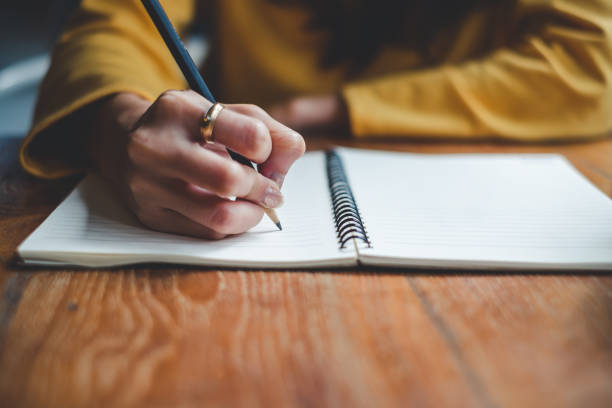I’ve been hearing a new term lately: “surge capacity”. Have you heard it, too? Apparently, it’s our human ability to activate our physical and mental resources to help us survive and thrive during a finite crisis. I bet we all tapped in to our surge capacity at the onset of the pandemic when we immediately sprang into action, stocked up on toilet paper ( haha), and learned how to keep ourselves and our loved ones safe, sanitized, social distanced, and self-isolated. We did what we had to do to survive and, even now, 9 months later, we keep plodding forward through the uncertainty, adversity, and apprehension of COVID-19. While surge capacity is effective and successful for a short term, it isn’t meant to last long.
So, by now, we may feel depleted, disoriented and directionless. How do we recharge?
Journalling is a tool often used in therapy for helping people express their thoughts and emotions. Expressing yourself with pen to paper offers a bunch of advantages:
– it helps move the thoughts/problems from the abstract in-your-head to the concrete on-the-paper. It’s a form of “doing something” with the cognitive-emotional load, and storing it somewhere (other than your mind) until you have the resources (time and energy, for e.g.) to address it. People often feel lighter, less burdened, and have clearer thinking once they write their thoughts and emotions down.
– it helps to organize the whirlwind of thoughts and emotions in your mind, so that you may be able to notice patterns, triggers, or solutions once written down on paper
– journalling moves the thoughts and feelings from the abstract to the physical through the senses: we SEE the thoughts and feelings on the paper, we HEAR the pen/pencil against the paper, we FEEL the pencil in our hand, we SENSE the movement of the pencil in relation to the paper. Involving the senses in processing our thoughts and feelings allows for improved focus, learning, and understanding.
– journalling can be a means through which we address ourselves or others without actual interaction. In other words, when we express our raw thoughts and emotions towards others on paper, we don’t have to watch our words, worry about retaliation, or risk harming our relationships. Because we don’t have to show anyone what we’ve written. Once we express our thoughts and feelings on paper, we may no longer feel the need to share it with others. A common therapeutic strategy is to write a letter expressing your anger at someone’s insensitive actions, then rip it up – allowing for physical and symbolical release of the anger.
– journalling doesn’t have to be done with words at all. It can be done with symbols, pictures, or figures on a page. Whatever helps in moving the thoughts and feelings from the mind down through the arm and fingers onto a page where it can be placed, organized, and possibly seen and felt differently. It changes the relationship we have to the thoughts and emotions.
– journalling also provides a record of our experiences in a way that learning and growth can be measured over time.
“I want to write, but more than that, I want to bring out all kinds of things that lie buried deep in my heart” Anne Frank
If you having a moment this week, and have a whirlwind of thoughts and emotions in your mind, give journalling a try. Grab a fancy pen (smelly, multi-colored, fine-tip or stubby, make it Fun!!) and just write, without censoring or judging or even thinking much about what’s appearing on the paper. Just get it all out. And see how you feel afterwards. Take note of any changes in your body or mind. It might just be the thing that works for you!
stay well,
Melanie
References:
Resources:
https://elemental.medium.com/your-surge-capacity-is-depleted-it-s-why-you-feel-awful-de285d542f4c
Especially for People we Work with:
Journalling is a very personal activity. People need to find their unique “groove” in making journalling work. For some people, journalling in words would be helpful and meaningful. For others, that might be too difficult and take away from the creative and emotional process, so journalling in pictures, symbols, or figures may be better. Using colours, shapes (stencils), smelly writing utensils, stamps, magazine cut outs, or stickers can enhance the creative process and FUN factor. Be creative and encourage people to try different forms of journalling to see what works best for them. Journal alongside of clients to validate and normalize the process and experience how difficult and gratifying journalling can be!
Some people may prefer journalling from scratch, others may prefer sentence prompts (where the journalling format provides a pre-written sentence fragment such as “today, I really liked it when……….”). Some may like journalling in full sentences, or bullet-points. Some people may prefer journalling in the form of a letter, poetry, or a song. Journalling can be done in a scribbler, scrapbook, post-it notes, email, text, or voice memo or even video 🙂 The sky’s the limit 🙂

